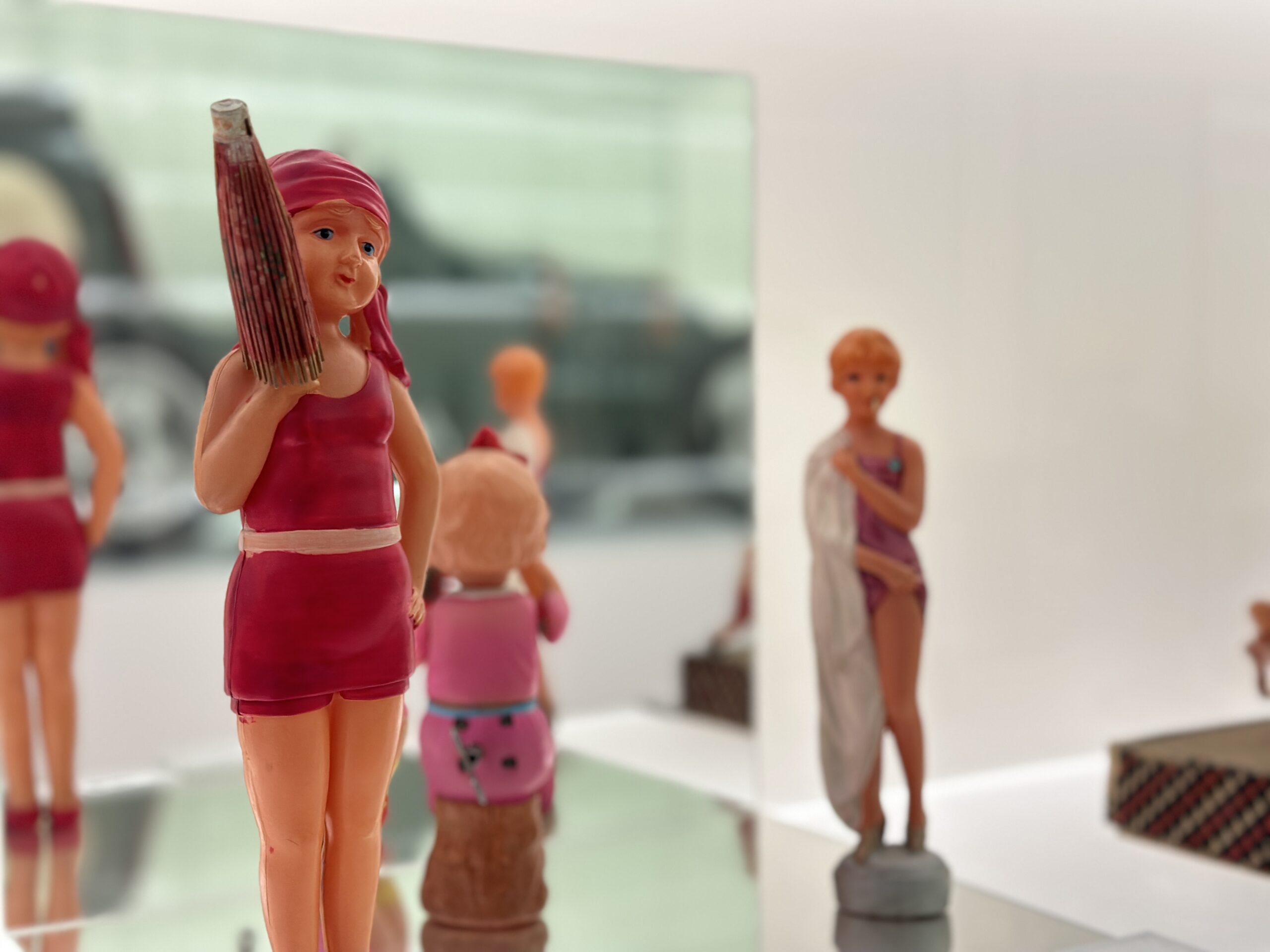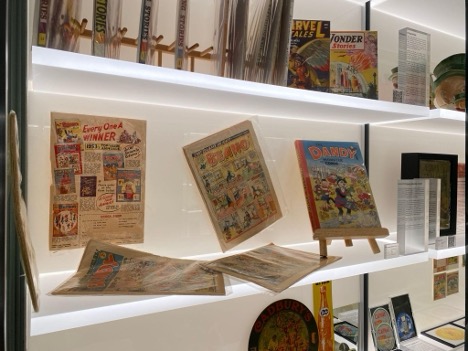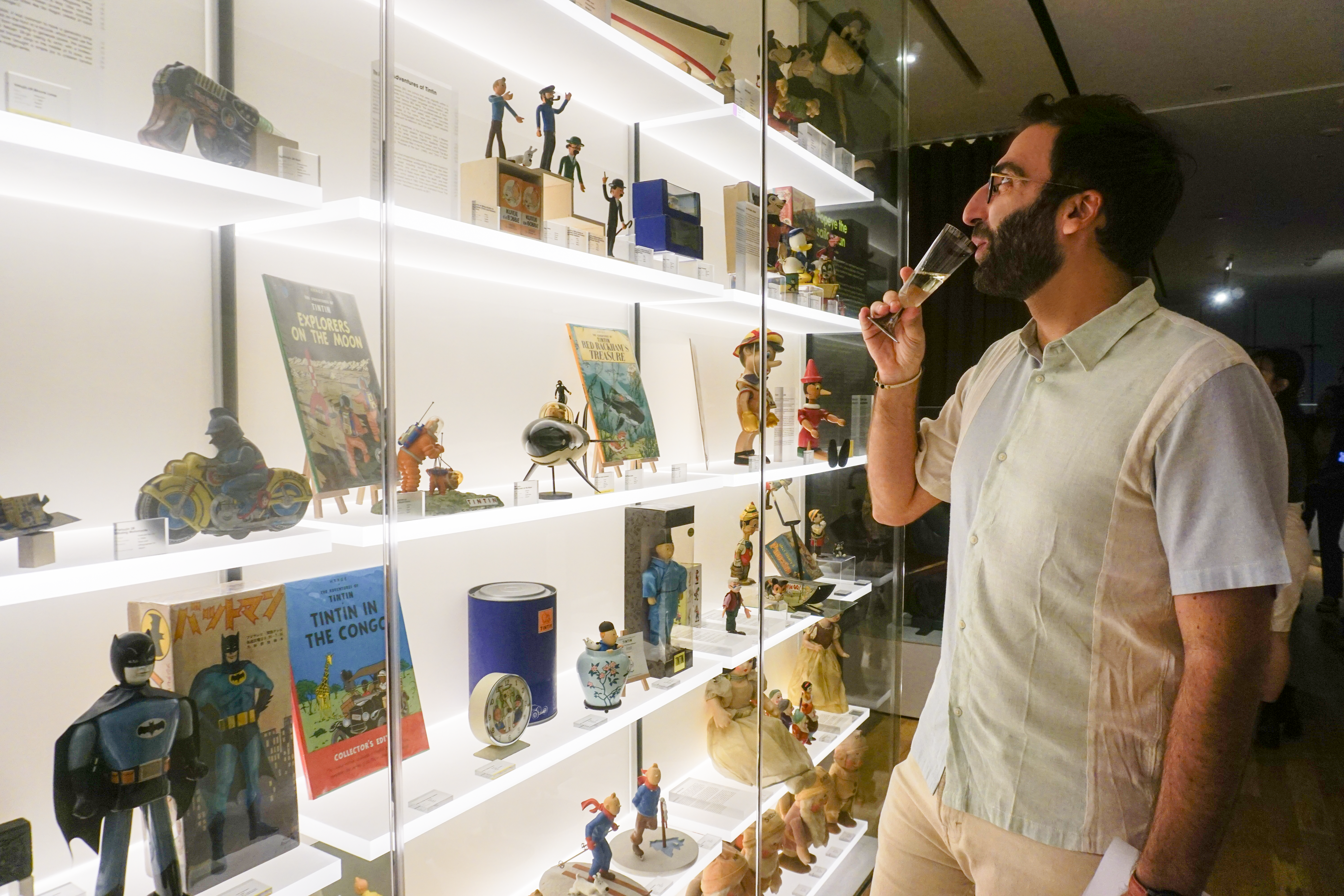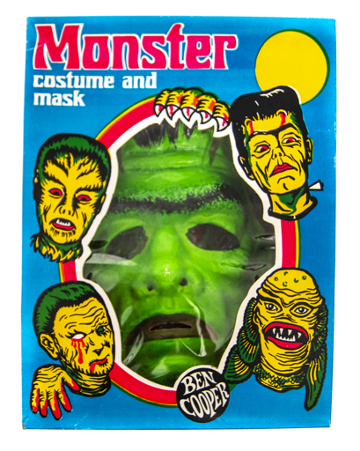Die-cast toys are one of the most popular types of toys and collectibles today – particularly in the form of scale-model vehicle replicas.
The die-cast toy industry only began in the early 20th century with names such as Meccano (Dinky Toys) and Corgi Toys. Today, we’re zooming in on the founder of Corgi Toys – Philip Ullman – and tracing his life story along with the early history of die-cast toys.
The Early Years

Name: The Leader’s Car
Maker: Tippco
Year of Make: 1938-1945
Material: Rubber, Elastolin Composite, Lithographed Tin
Country of Origin: Germany
Ullmann grew up in the years preceding World Wars I and II, and was a young man pursuing his career at Tipp & Co. (Tippco) by the time the Nazi Party rose to power.
Tippco was a Jewish-owned company originally founded in 1912 and Ullman took over from the original founders after 1918 as sole owner. In 1933 Ullmann had to flee to the United Kingdom (UK) due to increasing Nazi persecution.
Tippco was seized and became a propaganda arm of the Third Reich producing scale models of German military vehicles including staff cars, transporters, and tanks. This included The Leader’s Car, a die-cast scale replica of the Mercedes-Benz 770 infamous for its favoured use by high-ranking Axis politicians before and during WWII. The elastolin figurines in this toy even had moveable right arms to perform the Nazi salute, and this particular car was made with the license plate number 11A-19357 matching Hitler’s 1930s parade car.
Though Ullmann had left Tippco and Germany by the time this historical toy was produced, it remains a powerful memorial to the violence and political strife that coloured Ullmann’s early career as well as a reminder of the power of toys. Though they may look simplistic, toys like these were effective at normalising the effects of war for young children by minimising the brutal reality of what was happening and turning it into a fun game.
Thankfully, Tippco returned to the Ullmann family’s control in 1948 after the end of WWII.
New Life in the UK

Name: Disneyland Skating Rink
Maker: Mettoy
Year of Make: 1950s
Material: Lithographed Tin and Plastic
Country of Origin: United Kingdom
Upon arriving in the UK, Ullmann and his Tippco colleague Henry Katz founded the Mettoy (Metal Toy) company in 1933. They brought their die-cast design and manufacturing expertise over to Mettoy, which specialised in lithographed tin vehicles, aircraft, and kitchenware similar to what other lithographed tin companies were doing at the time.
However Mettoy eventually set itself apart by producing media tie-ins and memorabilia like the Disneyland Skating Rink. The toy featured hard plastic figures of Minnie Mouse and Donald Duck, and a hidden magnetic base as the ‘rink’. Pushing the plunger moves the plastic figurines around through magnetic force, creating the impression that the characters are ‘skating’.
The use of “Disneyland” here is anachronistic, as the first Disneyland park was only opened at 1955. Its use here for British Disney toys reflect the growing Disney media empire of the time, and Disney’s popularity outside of the USA due to hits like Snow White and the Seven Dwarfs (1937), Silly Symphonies (1929-39), and the original Mickey Mouse cartoons (1928-53).
International Success
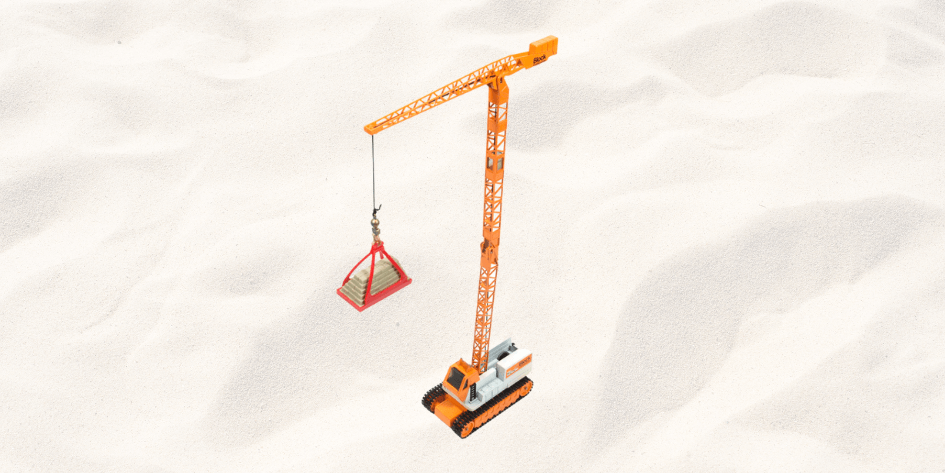
Name: Giant Tower Crane
Maker: Corgi
Year of Make: 1981
Material: Metal, Plastic, and Rubber
Country of Origin: Singapore
Over time Mettoy’s profile grew and the brand eventually released the first Corgi die-cast toy in 1956. The Wales-based company was named after the famous Welsh Corgi dog breed, and used a Corgi dog logo as well. The Corgi range was intended to compete with Meccano’s popular Dinky model cars and by the 1960s was arguably a more popular brand in the die-cast world.
Though Ullmann died in 1971 during Corgi’s glory years and the brand went through several changes in ownership, Corgi is still one of the most well-known die-cast toy brands today and was particularly known for using plastic glazing to create a more realistic sheen. The range of toys produced by Corgi was huge, and included scale die-cast models of famous vehicles from TV and movies like the Batmobile and James Bond’s Aston Martin DB5.
At the height of its popularity Corgi was exported and manufactured worldwide including Singapore, Malaysia, and Hong Kong. This Giant Tower Crane is one example of the kinds of die-cast vehicles Corgi is well-known for and reflects die-cast enthusiasts’ interest in the intricate machinery and design that makes up the everyday vehicles and machines we may take for granted.
Though Ullmann’s name might not be as well-known as other bigshots in the toy industry today, his legacy lives on in the form of Mettoy, Corgi, and their die-cast toys that are beloved around the world. Historical and vintage toys like the ones featured here not only give us a peek into the past, but also provide a window into the lives of quiet giants like Ullmann.
Visit us today at the MINT Museum of Toys to see more vintage toys and memorabilia! Book your museum tickets online and enjoy an enhanced on-site experience through our XperienceAR Museum.
You can also take our virtual museum tour from the comfort of your home which features toys from our Collectables and Childhood Favourite collections.


